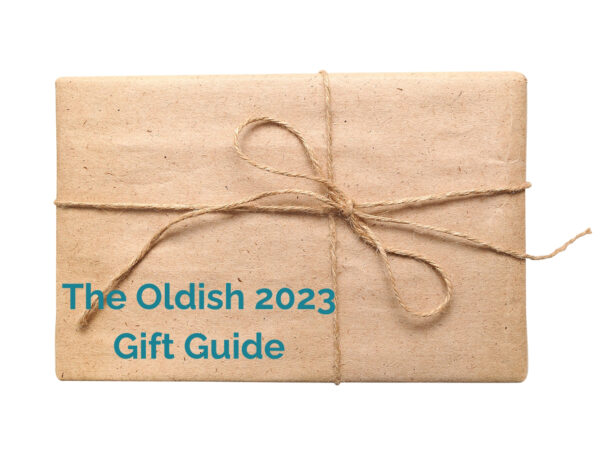As friends and families gather to celebrate this holiday season, the focus is generally on entertaining and delighting the children but elderly loved ones can sometimes be left out of the festivities when hearing loss, vision problems, dementia or frailty hinder their ability to participate. And too often, adult children and others treat seniors as if they were small children; a patronizing and frustrating habit that older adults are fed up tolerating.
While hosts are busy cooking, decorating and shopping to create a picture-perfect family gathering, taking a moment to consider the needs of elderly guests goes a long way in creating an inclusive event that will make memories for years to come. Elderly adults may need background noise like music or the television turned down to participate in conversations but they shouldn’t be spoken for or talked to with elderspeak; using a sing-song voice or talking in a manner one would use for a very young child.
Studies have shown that people with dementia can still discern the tone of voice and using a saccharine voice or making assumptions about hearing or other abilities is sending a negative message to seniors. Over time, these negative and dismissive messages can lead to lower self-esteem, depression and a poorer quality of life in older age. Seniors deserve to be treated with dignity and respect and it’s long past time to drop the “sweeties” and “dears” and talk to older adults like anyone else.
Elderly adults want to participate, swap stories and they have valuable life experiences to share with the next generation. It is a common habit for younger adults to talk on behalf of seniors, interrupt or correct them or speak as if they weren’t in the room but these condescending behaviors are disrespectful to elderly adults. With a little empathy, compassion and patience, all ages can feel included and enjoy the holiday season.
Learn more about communicating with elderly adults without using baby talk by following this link to a recent article in The University of Kansas Medical Center’s School of Nursing online publication.






Add Your Voice
0 Comments
Join the Discussion